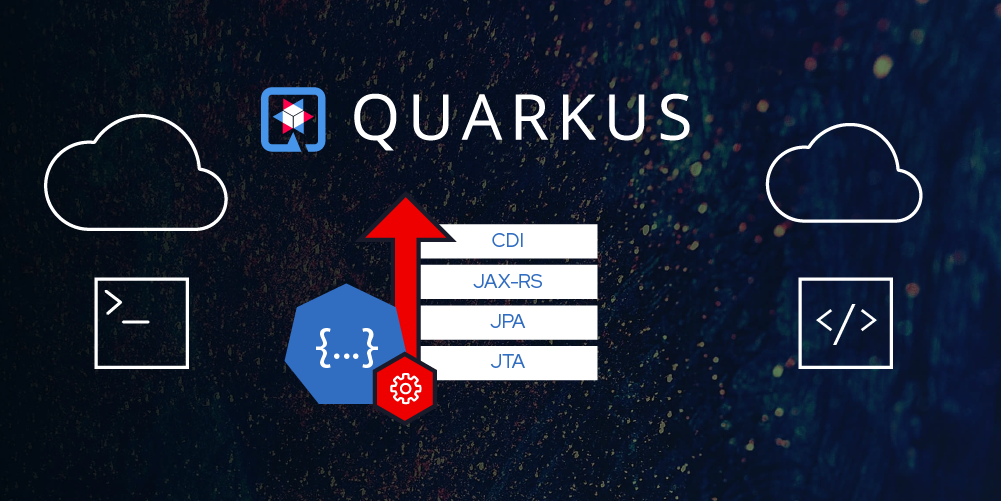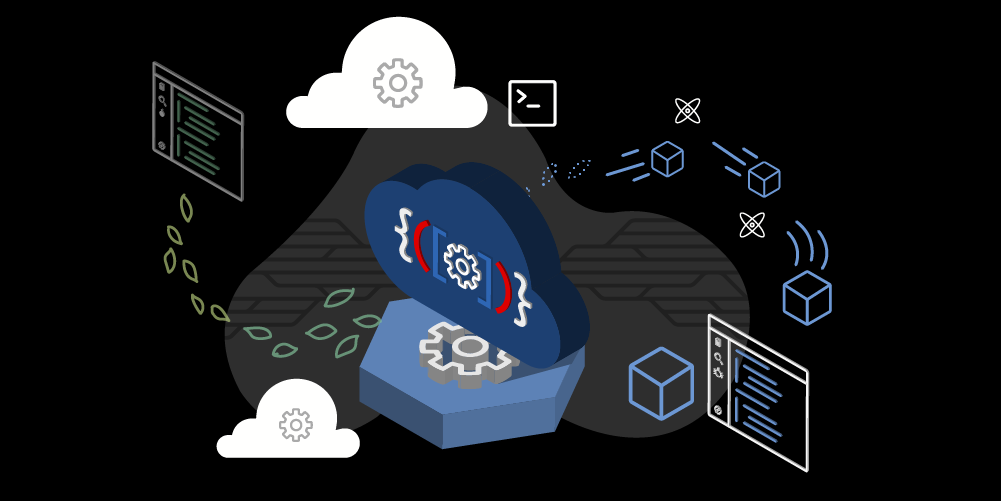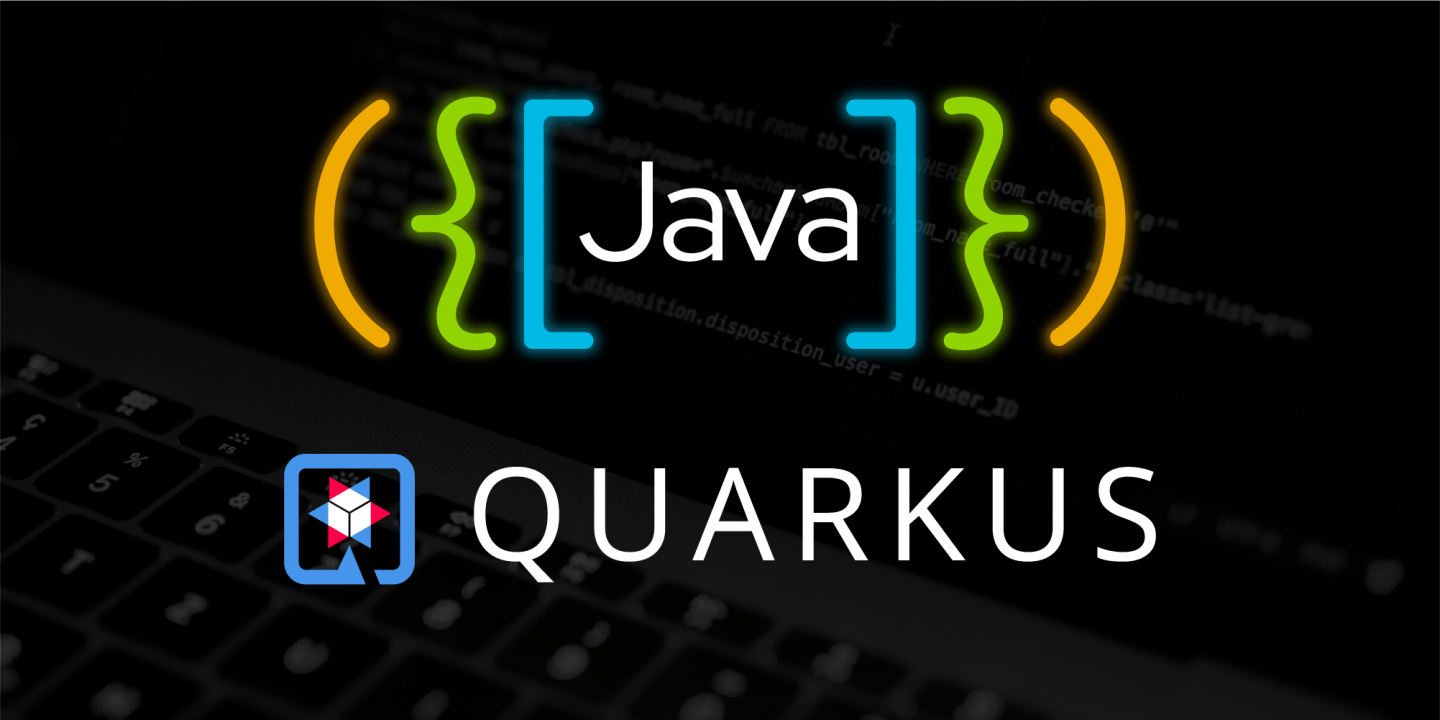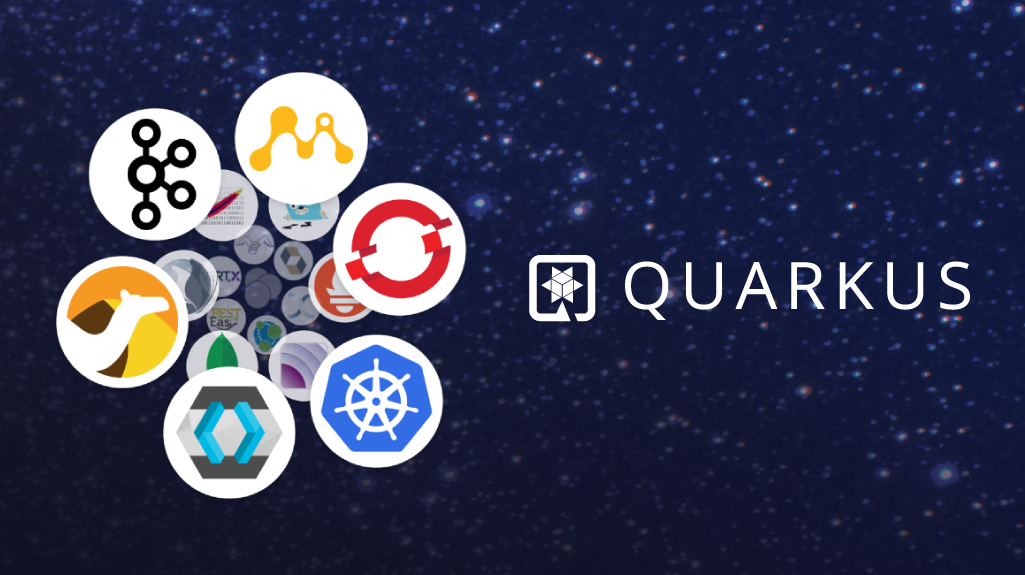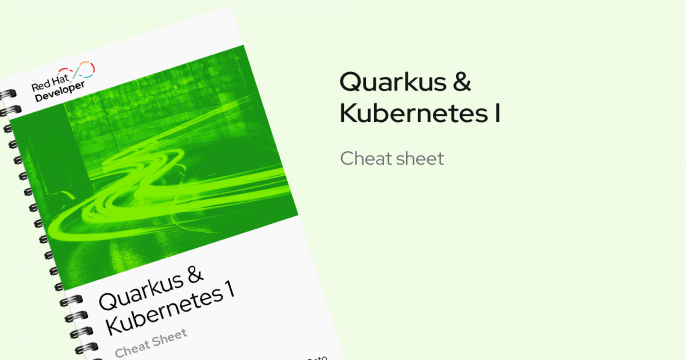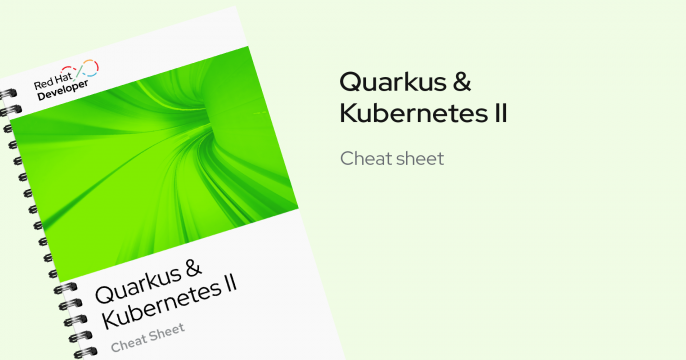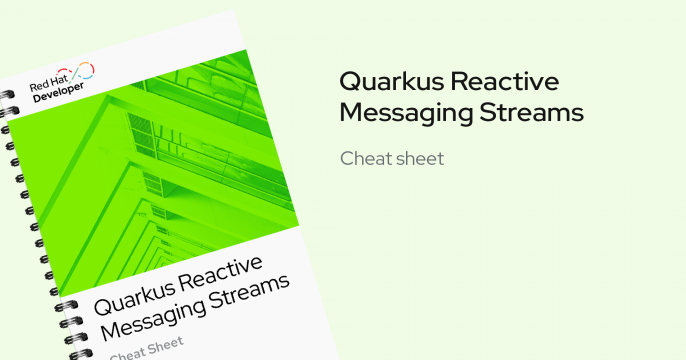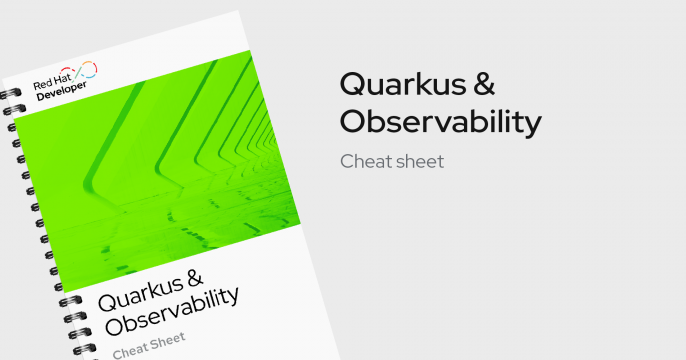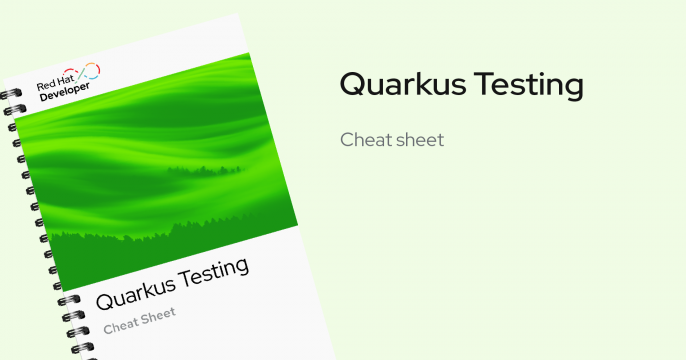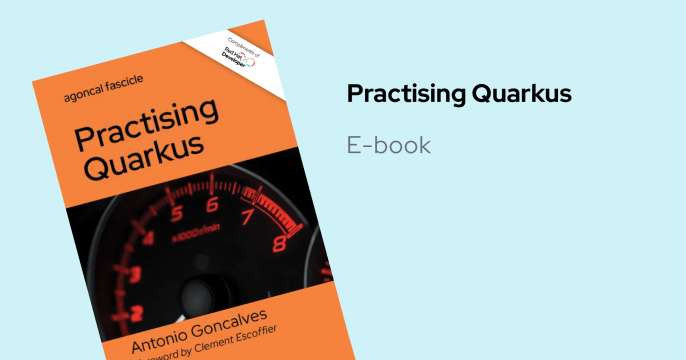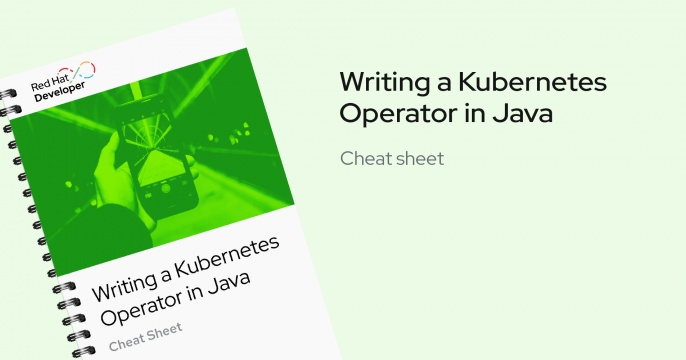Get started with the Red Hat build of Quarkus: Kubernetes-native Java
Kubernetes-native Java with low memory footprint and fast boot times for microservices and serverless applications. Explore all Java content.

Red Hat build of Quarkus 3.8 is now available. Click here for more details.
Get started with cloud-native development in the Developer Sandbox
Don’t have access to a Red Hat OpenShift environment? That’s OK. We made it easy to provision an OpenShift cluster and experience the greatness of Quarkus.
Quarkus is natively integrated with OpenShift to make it easier to deploy and manage applications. This integration includes familiar tooling, remote cluster development, integration with managed configurations, and one-step deployment of containerized and serverless applications.
Ready to experience Quarkus greatness?
Get started with Quarkus guides
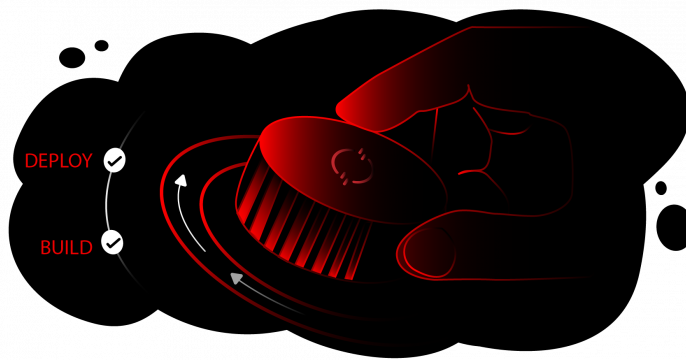
Learn Quarkus basics by standing up a straightforward application serving a...

Learn about Quarkus and Hibernate ORM with Panache to create supersonic,...
Use this scenario to get an introduction to Hibernate Reactive with Panache,...
Use this scenario to get an introduction to the reactive programming model of...
Create containers with Podman using the Quarkus CRUD application, which uses...
Get your hands dirty in your local environment
Dive into Quarkus the way you want to.
Latest Quarkus articles and blogs
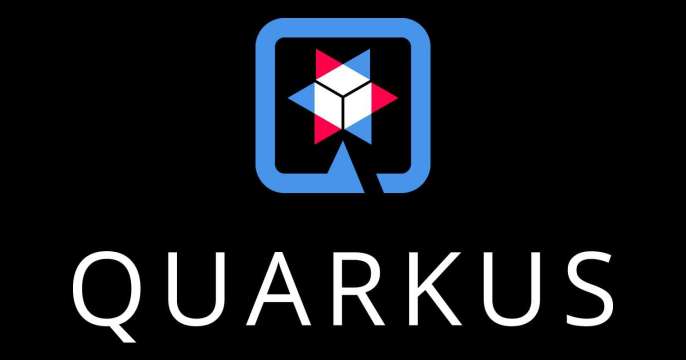
Red Hat build of Quarkus 3.27 offers enhanced data handling, observability,...
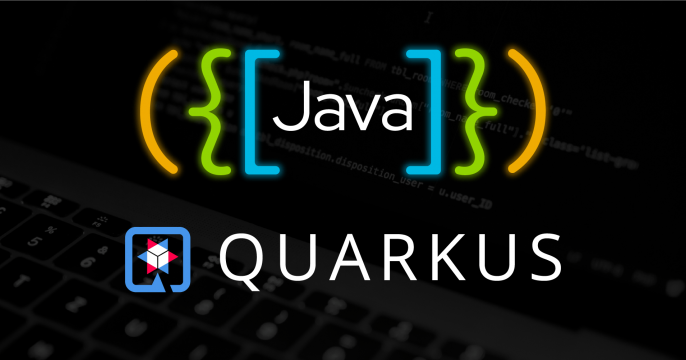
Learn how to build a container image with Quarkus using CNCF Buildpacks,...

Learn how Quarkus works with OpenTelemetry and how to deploy an observable...
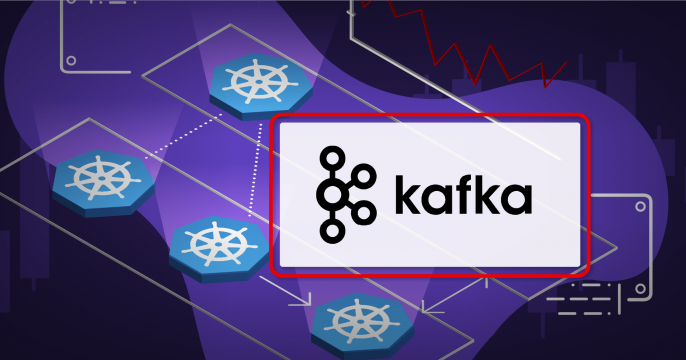
Discover why Kafka is the foundation behind modular, scalable, and...
Ready to use Quarkus in production?
With a Red Hat subscription, you can deploy your application into a production environment and get world-class expertise and knowledge about security, stability, and maintenance for your systems. Our subscriptions provide many benefits including access to resources, expertise, upgrades, and the ability to directly influence our commitment to providing an exceptional customer experience.
